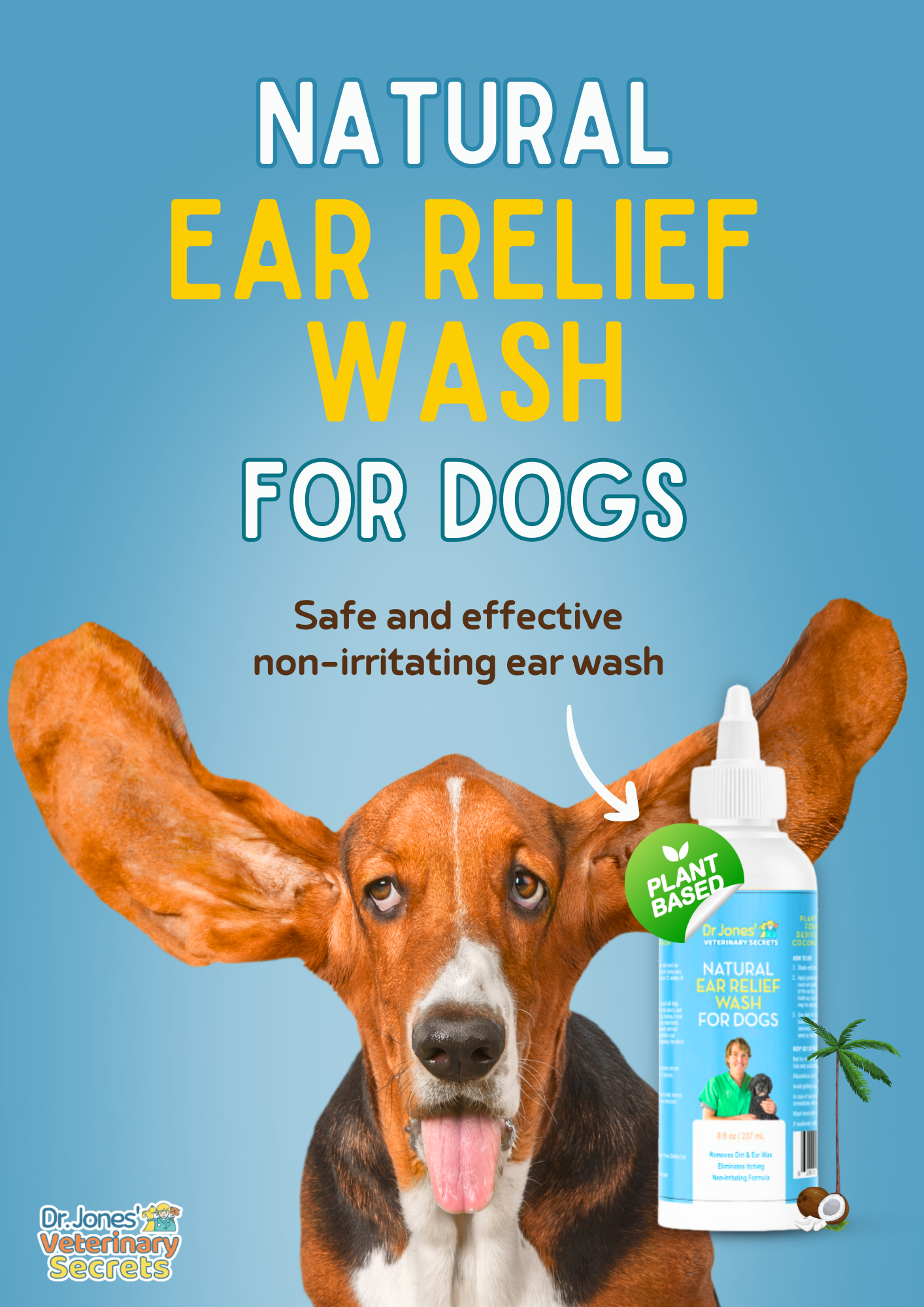A Common Sense approach to vaccinating your dogs and cats

A Common Sense Approach to Vaccines for Dogs and Cats
Can we discuss a practical perspective on vaccines? They’re crucial for preventing infectious diseases in our dogs and cats, but they also carry real risks. As Dr. Ronald Schultz, Department Chair at the University of Wisconsin-Madison, advises: “Be wise and immunize, but immunize wisely." I want to clarify a few things right from the start—I am not an anti-vaxxer. I advocate for a common sense approach to vaccination. Yes, I’ve been vaccinated myself; I’ve had vaccines for tetanus, rabies, yellow fever, and even COVID-19. My dog, Tula, has been vaccinated for parvo, distemper, and rabies, and Maria has received the FVRCP and rabies vaccines. Murray, who joined our household later, is no longer vaccinated.
The Science Behind Vaccination
Several studies and articles can help us make well-informed decisions about our pets’ health. For instance, an article from Innovative Veterinary Care titled “A Study of Canine Vaccine Antibody Responses" reviewed canine parvovirus and distemper virus titer test results over a 15-year period. Titers measure the level of protective antibodies to see how long your dog remains protected after vaccination.
Understanding Vaccine Potency and Its Impacts
These studies highlight that core vaccines like distemper and parvovirus are highly potent and can significantly impact the immune health of our dogs, potentially causing serious adverse effects such as allergies or autoimmune diseases. For example, a canine parvovirus vaccine can contain upwards of 10 million modified live viruses per dose. Researchers took dogs through various regimens, then tested their antibody levels with titer tests. Results from one group showed that nearly 80% of dogs maintained adequate protective titer levels five years after receiving just two puppy boosters—without the need for annual revaccination.
Considering the Volume and Frequency of Vaccines
Think about the volume of vaccines. How is it justified to vaccinate a tiny three-pound toy dog with the same dosage given to a 150-pound Great Dane? This is similar to comparing the vaccine dose for a 150-pound person to that for a mid-sized elephant—it simply doesn’t make sense. Over-vaccination can lead to adverse reactions, a concern validated by the findings from the Innovative Veterinary Care study.

Special Considerations for Cats
The situation with cats may be even more concerning. The primary core vaccine for cats, FVRCP (feline viral rhinotracheitis, calicivirus, and panleukopenia), is grown on feline kidney cell cultures. This method can induce autoantibodies against the cat’s own kidney cells, potentially leading to chronic kidney disease (CKD), a prevalent issue in older cats. This connection between repetitive vaccination and CKD in cats is now supported by numerous studies.
My Personal Approach and Recommendations
I did not want my cat, Murray, to develop serious diseases like feline distemper or chronic kidney disease from these vaccines. Yet, it’s rare to find a veterinarian who reports frequent cases of feline distemper over CKD. When I adopt a new cat soon, I will still opt for core vaccinations, administering boosters at 8 and 12 weeks and conducting a titer test a year later.
I firmly believe in the importance of using vaccines as a preventive tool against infectious diseases, but it’s essential to do so wisely. Be aware of the risks and tailor the vaccination strategy to suit the specific needs of your pet. This balanced approach ensures we’re protecting our dogs and cats, not harming them.
Thank you for watching this video. I’ll include links to all the studies and articles referenced in the description box below. Don’t forget to subscribe and hit the bell for notifications. Click the link directly below to receive a copy of my free book.
